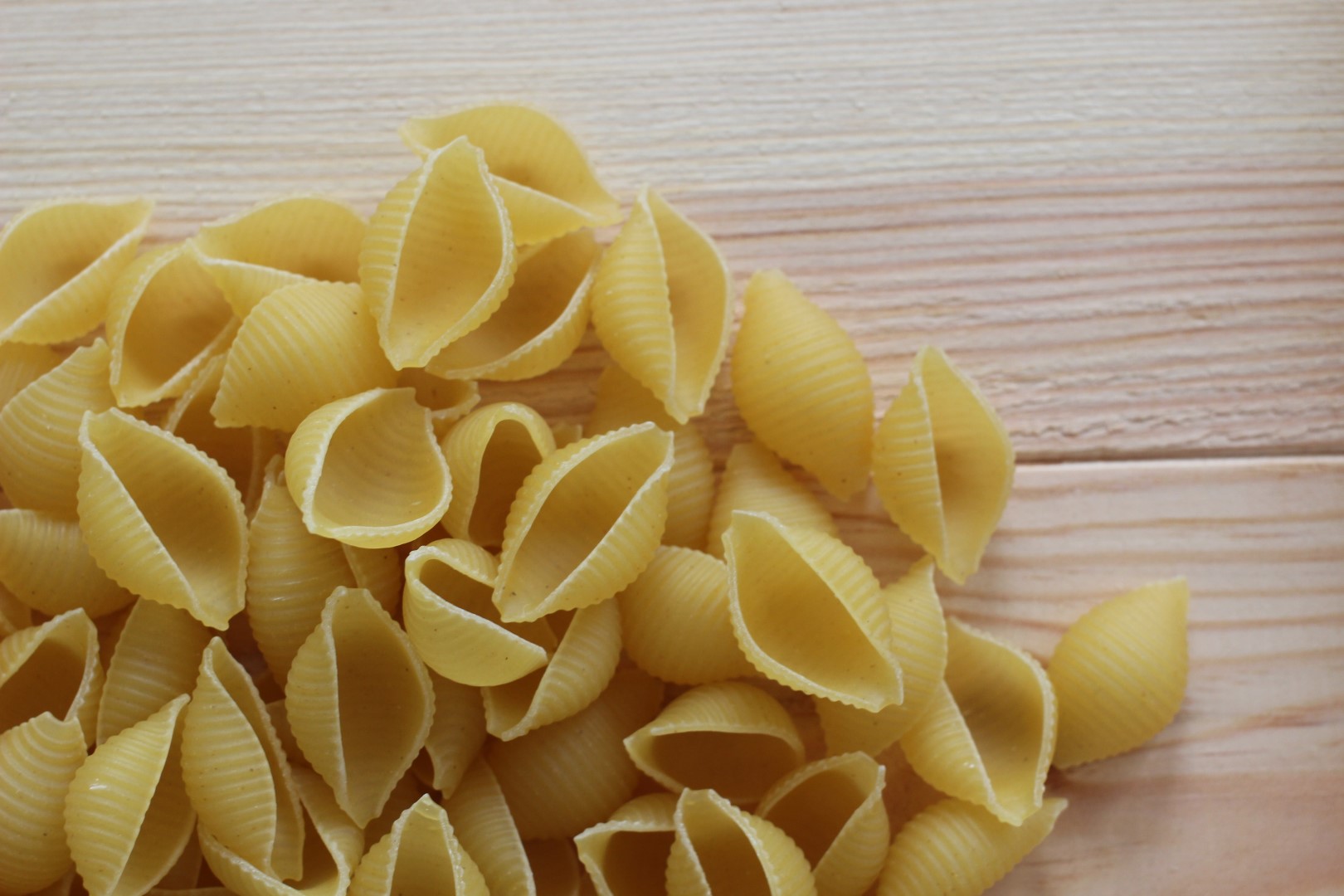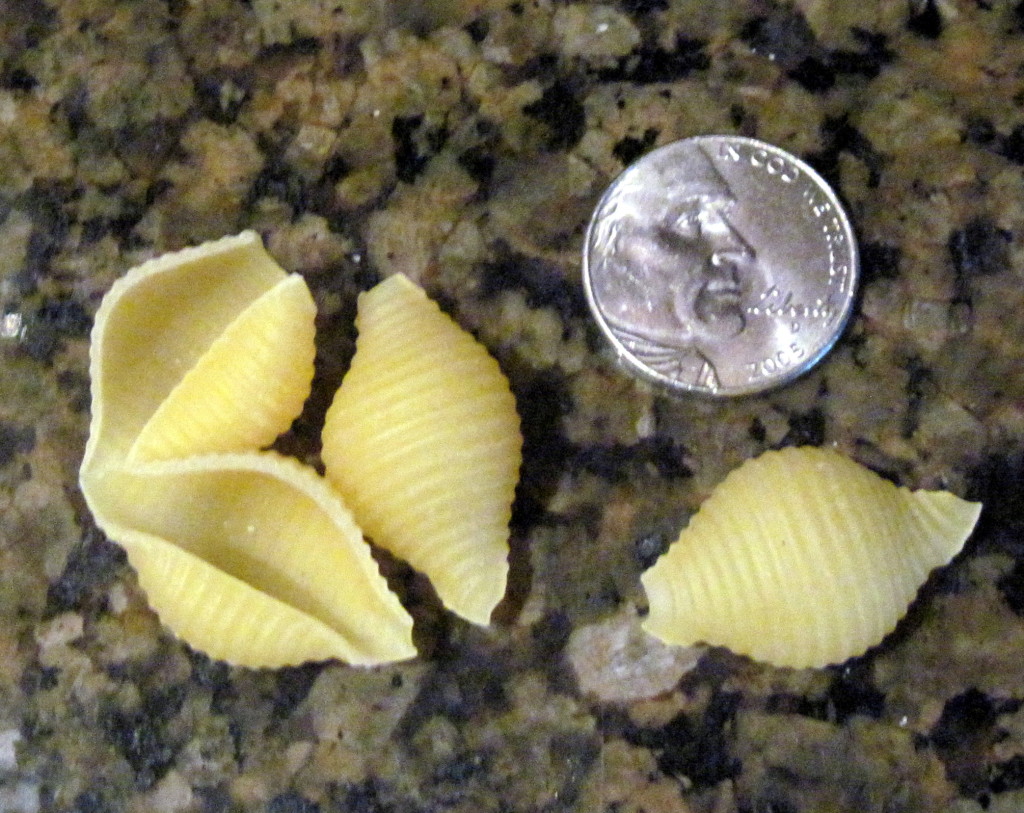
These pasta tubes have a triangular cut at each end and look similar to a quill or a fountain pen. It apparently originally emerged as a way to boil pasta with the fillings already inside. Another story claims the impetus for creating tortellini was much more practical. One legend states that pasta makers in Modena were inspired by the belly button of the goddess Venus. Tortellini is often described as navel-shaped and is a small pasta pouch with various fillings. These are 67 major types of pasta all Italian food aficionados should know about. So book that Italy Airbnb and get ready to eat. Italian pasta is constantly evolving, and learning about all the types of pasta can be a never-ending endeavor. It was a way to make this lowly inexpensive food a little fancier.” “They wanted to be creative with the shapes. “There is some artistry involved,” says Segan, who asserts that Italians didn’t just make pasta to feed themselves but to express themselves, too. Then there are some types of pasta made throughout Italy “just for fun,” according to Segan, like orecchiette, which means “little ear,” or the priest choker pasta from Umbria (more on that later), or chitarra, the strands of pasta cut using guitar strings.

#SHELL PASTA TYPES CRACK#
The combination of sun, wind, and heat in that area turned out to be perfect for dried pasta, which will crack if it dries too quickly and can get moldy if it’s wet for too long. Gragnano is situated on a hill, between the mountains and the Amalfi Coast. The first documented factory for pasta was there, because that area had the best air currents, which dried the pasta faster,” Segan says.

“The big center of dried pasta was Gragnano, near Naples. Longer pasta shapes, like spaghetti, appeared early on too, simply because they were easy to make by hand and were easy to dry. The ancient Romans probably also ate a dish similar to lasagna with layers of sauce and cheese. The first version of Italian pasta probably looked a lot like lasagne because, as Segan points out, you can imagine how easy it would have been to roll out. It had a longer shelf life, and it could be sold longer if it was dried.” The first pasta factories were down there. The south was generally poorer, so they couldn’t afford the egg. “Generally in the north, pasta is made fresh,” explains Segan. To understand how so many types of pasta emerged, you first have to understand the climate, geography, and economics of Italy. So each ‘region’ had their different styles.” “They were thinking of themselves as 20 different countries. “In Italy there were 20 different regions, but they weren’t unified ,” Segan explains. The latter is believable considering each shape and style is deeply entrenched in the region it’s made. Some sources put the number around 350 others say it’s closer to an astonishing 600, with new ones being invented all the time. Today, there is some debate surrounding exactly how many types of pasta exist in Italy.

They would press your family seal, or your coat of arms, or initials into the little circle of pasta.” How many types of pasta are there?

“Then, in the Middle Ages, they would take a cookie cutter and make little circles. “The ancient Romans ate pasta similar to pappardelle with beans,” Francine Segan, a food historian who specializes in documenting the evolution of Italian food, tells me. The ability to store pasta for long periods along with its versatility made it an instant favorite throughout the country and, eventually, the world.No matter how noodles arrived in Mediterranean countries, there’s no question that the Italians were making, and perfecting, pasta as far back as 800 CE - at least 500 years before Marco Polo left China - with a set of simple, inexpensive ingredients: flour and water (and an egg for most fresh pastas), the same tried and true ingredients that are used today. Once the idea of noodles came to Italy, the locals refined the production process by using durum wheat, water, and sometimes egg to create a type of noodle with an almost unlimited shelf life. While Marco Polo is popularly credited with bringing pasta to Italy from his travels, it is much more likely that the dish arrived long before he was born via nomadic Arabs, who often traded between Asia and Europe. Most likely, the idea for pasta came from Asia, where local cultures had been making and consuming noodles for thousands of years. This is because this popular food has long been eaten by the commoners as well as the royals, meaning there was never any real need to document its use or origin. Pasta, which is a term that refers specifically to noodles traditionally produced in Italy, has a bit of a muddled history.


 0 kommentar(er)
0 kommentar(er)
